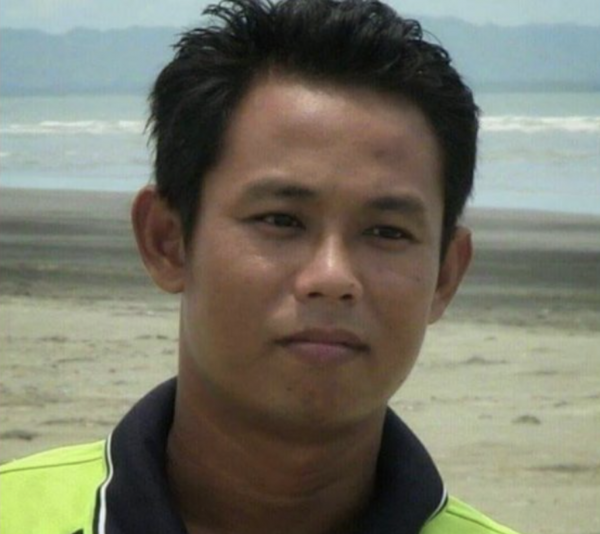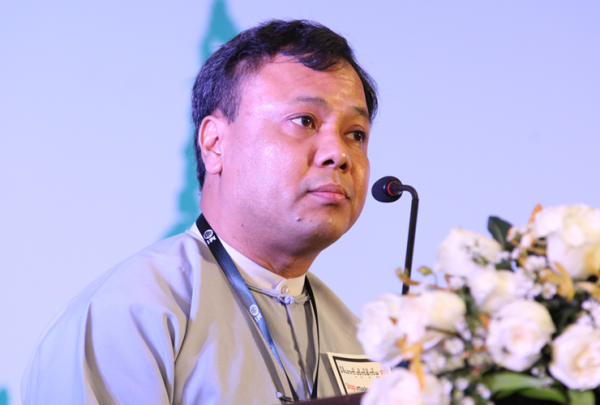A two-day conference on “Media Development in Myanmar” started today in Rangoon, Burma. Organised by Burma’s Ministry of Information and Culture in cooperation with UNESCO and other international donors and media development organisations, the conference aims at sharing international best practices on media development, as Burma reforms its tightly controlled media system.
“IPI warmly welcomes any sign of liberalisation in Burma, which until recently was one of the most repressive countries in the world, as far as press freedom was concerned,” said IPI Press Freedom Manager Anthony Mills. “Burma has a very long way to go in the development and implementation of laws that ensure press freedom and allow the development of truly independent media organisations. IPI, through our partners within the country, is open to assisting the government and the media in this process, as we have been doing in numerous former Communist countries in Eastern and South-East Europe.”
He added: “But such processes are long and require a sincere willingness to reform on the part of the government, and the acknowledgment that press freedom is a prerequisite for any democratic society.”
Addressing participants at the conference on “Media Development in Myanmar”, the country’s Minister of Information and Culture, Kyaw Hsan, said that Burma was undergoing “a three-step” media reform process, the Burmese organisation Mizzima News reported.
The first step of this reform process was the development of new regulations that came into force on Jun. 10, 2011, allowing publications to circulate stories on sports, arts, health, children, and technology without previous approval by the government’s Press Scrutiny and Registration Department (PSRD). Publications covering news, economics, religion and crime must continue to submit their stories to the PSRD ahead of publication.
“Because of these reforms today, 173 journals and 124 magazines can now publish without prior approval from the Press Scrutiny and Registration Department,” Burma’s Information Minister Kyaw Hsan said at the media conference in Rangoon on Mar. 19. “In the second step, we are dealing with a new print media law that ensures press freedom in accord with the Constitution and replacing the existing Registration of Printers and Publishers Law (1962). In this process, the Myanmar government has been cooperating with regional media organisations since 2008. We are currently in the process of drafting the new media law, and [will] include the outcome from this conference in the second draft,” Mizzima News reported the minister as stating.
As a consequence of these reforms, a number of news organisations – including Mizzima News Agency – that had operated from exile for many years, have been allowed back into Burma.
Talking to IPI in October 2011, following the Burmese government’s announcement that it would abolish media censorship, Soe Myint, Editor-in-Chief and Managing Director of the Mizzima News Agency, noted that “Burmese publications may not be required to submit their articles to the censorship board prior to publishing but they may be required to submit them after publishing and action will be taken – such as a fine – if they violate the existing guidelines. The question is whether the government will relax or will abolish such guidelines as well as various laws that restrict and/or prevent the right to information and right to freedom of expression.”
On March 14, Burma’s Ministry of Mines announced that it would sue the weekly newspaper, The Voice, in connection with a story alleging misuse of public funds by the Ministry of Mines and other ministries. The editor of the newspaper stated that the newspaper received the information too late and did not have time to submit the story to the PSRD for prior censorship.


